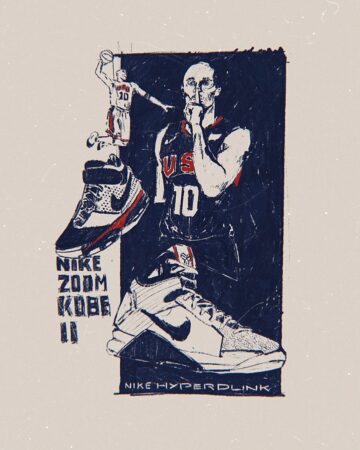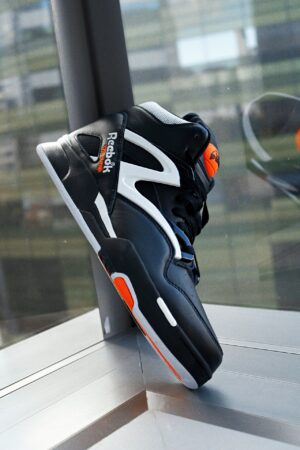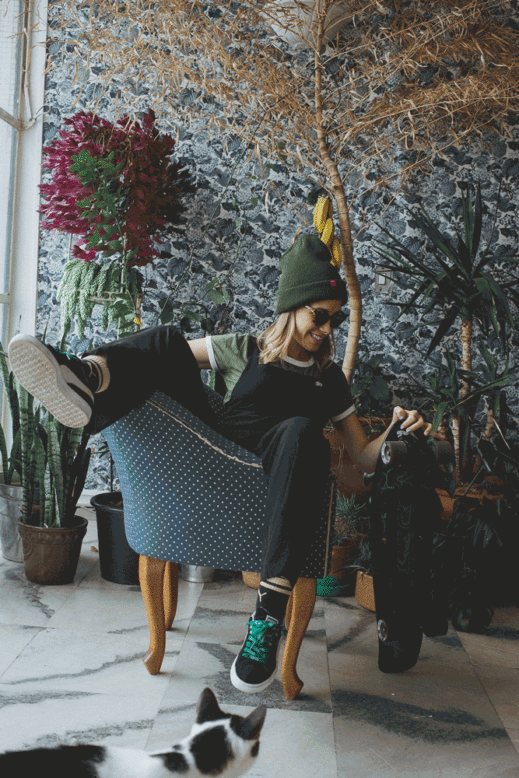
Through her profession, Grazi Oliveira looked for ways to give Skateboarding more space and a voice, especially women’s skateboarding. In our interview, she told us about the road and experiences that let her to create Go Channel BR – a channel dedicated to giving voice and visibility to women that skateboard and do graffiti and show the value in their daily hustle.
Besides that, along with 7 other women, she created the project Una Skate, which came up later on with the need of creating a movement for girls who skateboard and rollerskate, calling everyone to ride together.
“I’m Grazi Oliveira, I’m 30 years old and I’ve been skateboarding since I was 15 years old. I’m from Porto Alegre and it was there that I started skating, at the IAPI skate park – I fell in love with skateboarding and after that day I never stopped skating.”

How did your story with skateboarding begin?
grazi When I first started skating, I wanted to be a professional skateboarder. But there was a moment when my mother started telling me “ok, you get hurt, you don’t work, what’s your goal in life? What do you want to do?”. I passed exams and got into journalism school and I understood that my role was suddenly much more than just skating than just being a professional skateboarder – but rather being a skateboard professional. So, while in college, in every subject, I did my best to understand how I could improve the image of skateboard. Because at that time, 15 years ago, it wasn’t like it’s today, you know? Today skateboarding is cool, it’s neat, people invest in it. But back then women’s skateboarding was just a little seed. talking about skateboarding wasn’t common or respected.
So it was in college that I started improving skateboard journalism a little more and when I was in my second semester I took a broadcast course. I was very shy, I couldn’t say “present” in class. And then, one day I decided to take a broadcasting course, because there was a really cool radio station in Porto Alegre, called Ipanema. It was like the 89 FM station from São Paulo, but from Porto Alegre, it only played like dope songs and they had skateboard, surf, rap and reggae shows. I was a very faithful listener, every time there was a skateboard show, besides interacting with the speaker, I would sent them e-mails, I was like their number 1 fan. And so I was taking this broadcasting course and one day he asked me “Grazi, since you are a really big fan of the program, come produce something here at the station” and I immediately accepted
I lived close to the radio station, so I would go every week and produce this skateboard show. Following that, there was an internship opportunity at the station and I got it. And so, the speaker who did other shows on the radio, went on vacation and I did a pilot. I took over while he was on vacation and when he came back my boss gave me the show. I was a woman, talking about skateboard – it wasn’t women’s skateboard – I brought information about skateboarding in general and music. Back then, the internet wasn’t as easy to access videos, vídeo-parts, bands and so, as it is today. So I would do very thorough research to play music from the videos that people were into during the session. And I loved it all. So much so that at one time, 56% of the audience was female. It had reached IBOPE as the second most listened show on a Friday night. That was like an answer to me, you know?
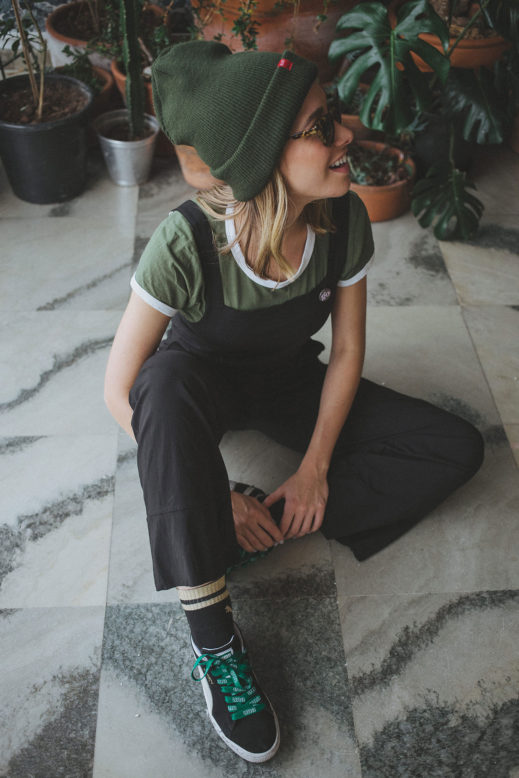

Besides the radio station that was doing super well and I was really happy doing it, I started taking pictures. I bought a used camera and then I met the people at Vista, which was the first magazine that I collaborated with photos, text, with everything. At the same time, I learned to edit radio commercials and like that, I took my first steps into video. So I did radio, I became a permanent speaker, and alongside I collaborated with all the skateboarding magazines in the country like, CemporcentoSKATE, Tribo, and Vista.
Anyway, I graduated, dropped everything, and went on vacation to California. I wanted to understand a little bit more about the history of skateboard, I wanted to live the roots, the history, I was really fascinated by that. I was supposed to stay 3 months but ended up staying for 2 years (laughter). And there, I had to learn how to handle everything on my own, I learned how to be a person. What moved me into staying there was skateboarding, and the opportunities I had.
But I had to do all types of work to pay my bills. So it was a balance, you know? One day I would be delivering pizzas and next day, I would be at the red carpet covering a premiere of Transworld, at the Transworld Awards, which is like the Oscar of skateboarding. So it was always very contrasting.
And I continued working as broadcaster and I interviewed a lot of people there like, Danny Way, Mariano, Stevie Williams, everybody. I’d record the audio and ask for the song of the session. I would say something briefly, do an intro on the person that was being interviewed and what song I was going to play for the session. It’s radio right? let’s talk about music, what do you listen to when you’re skating? It was a very cool experience because I was still connected to skateboarding, I was living a very crazy life there, having huge life learning experiences, I also photographed a lot, anyway. I was an ESPN correspondent for a while too, and so I did 3 in 1 – I would do stuff for the magazines, for radio and for ESPN. It was then that I started learning and making video and text, right? But then I got tired. 2 years without seeing your family, friends are very intense. I left the States, stayed at Porto Alegre for a few months and afterward I decided to venture myself and come live in São Paulo. When I got here, I had no place to live, so I went to live in a republic with 14 guys at Vila Leopoldina, it was really crazy contrast. And I kept skateboarding.
I went to work with fashion, at a luxury brand and I had never worn high heels before. I did the job interview and I was very honest, I said all the bad things the brand had and I don’t know why, but the woman interviewing me liked me and hired me as marketing manager. I learned how to do São Paulo Fashion Week, fashion magazines such as Vogue, dress soap opera’s casts. It was like a “The Devil Wears Prada” learning experience, because during lunch hours I would go to Pico do Valadão, all dressed up, to watch the guys skate. I knew that something inside me wanted to be at my around that what was in my core. But working at this company was a school to me, so much so that once I left, I went to work at a multi-brand and there they had Vans, Superga, etc. And then I took a little bit of the fashion experience to that job. There, I worked as PR and press office, so it was really cool to see a totally different world, coming from skateboard, journalism and from fashion, that I hadn’t seen, and then to come back to the market with baggage from all those different worlds.

“And one day I thought “ Since there’s no channel or magazine talking about woman, why not create a space about women?” It’s not meant to exclude guys out, but to give voice to women who have potential, but don’t have the visibility.”
And how was the beginning and the creation of Go Channel?
grazi Parallel to all this I started filming, I continued filming the girls and taking pictures. And one day I thought “ Since there’s no channel or magazine talking about woman, why not create a space about women?” It’s not meant to exclude guys out, but to give voice to women who have potential, but don’t have the visibility. So I went to California for my vacation and did the pilot there. On our first session there, there was an event on Berrics, so I did my pilot there! There were so many good things, so many experiences, it was really cool.
I came back from vacation to the agency that I worked here. They produced a lot of events and I was always the one raising the feminist flag like “hey, let’s include women?”. One of the brands I worked with, didn’t have a single female on their skateboard team, it was just the male team. And since they didn’t want to sign with any girls, I proposed a seeding to benefit several women who weren’t necessarily pro-level skaters, but who lived the lifestyle and wanted to keep skating, and just needed a good structure. And it really worked out, the girls started being appreciated and seen. The Channel, I kept on filming, I started going to places where no one knew there were women skateboarding, like up north, down south, in Rio.
Then, there was the Slides & Grinds event, which was a big event, well-segmented and hard even for the guys to skate, and I really insisted for us to have a space for women skateboarding – not for the awards or anything, but just for the inclusion of really having the girls there. For me, that was what paid off, to have the girls there, skating in a championship. And now, more and more we see the presence of women in events, we can definitely see an evolution. After, there came a time where I wanted to dedicate all energy to my project, for this world that I was willing to fight for, which is the universe o women in skateboarding, and so I left the agency and continued freelancing as a video maker, doing other small content productions jobs and then I tried focusing more on Go Channel.
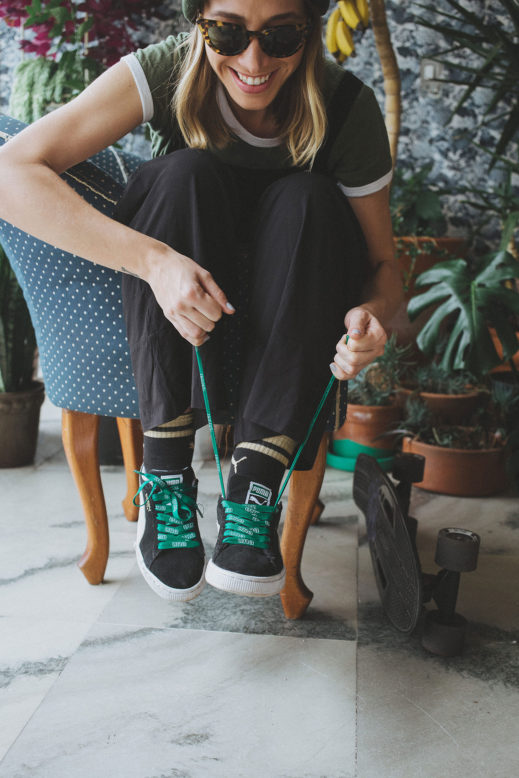
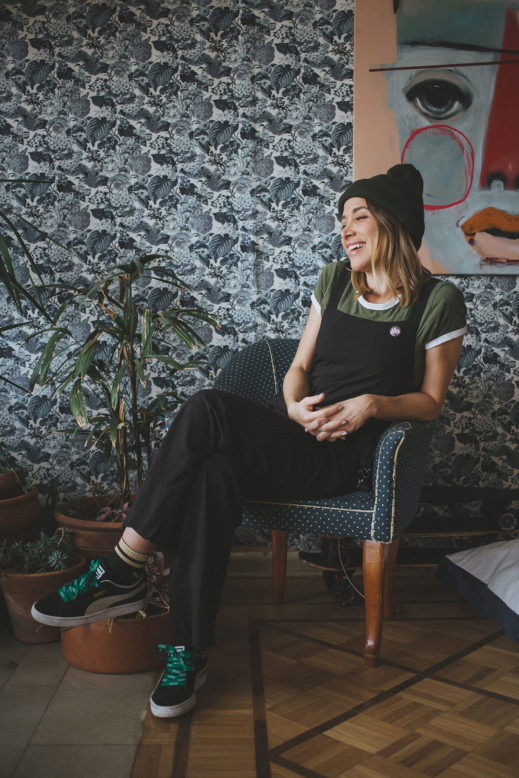
“And even though Skating, is an individual activity, it only works if it’s collective, it only works with other people. That’s it, it’s no fun without that. You can even put on your headphones and do your thing, but it’s only going to be fun when your homies are around, when you got people around, or the session is going down, or even after the session getting together for some beers. That’s what skating is all about. It’s a family, it’s a community. “
I brought other themes such as Graffiti, and then I made a really cool video of Venus, a graffiti artist from here ( São Paulo). It was a really big challenge because I’d never been in the graffiti scene before and it’s just as awesome as skateboarding. And then I respected the scene even more. Because if is difficult for skateboarding nowadays with all these possibilities, imagine how hard it is for graffiti writers who are totally marginalized? We were almost arrested, a guy hit me because I was filming and she was just sketching. So it’s way tenser and I admire it even more for that. I said “dude, now I really want to talk more about these women who give their life for this”. At Go Channel I work by myself, if there were more people I think it would flow a lot more and I would produce more. And I see it as a consequence, not as an obligation. I won’t talk to any girl just because she is evidence but because of what she’s doing – it’s about giving value for what she does.
I went to Barcelona for the last two vacations I took and I did a video part with some heavy high-level tricks, of a female skateboarder from São Paulo, that lives there, Xushines. For me, it was a big challenge and the final result was very cool. We won the MIMPI award and it was the first time they had a female category. So that’s what counts. And as for her, who had been unmotivated and discouraged from skateboarding, she bounced back to it and this motivated other women into making videos and video parts and everything. In the midst of all this, I went knocking on some brand’s doors to try to do something for this category, for this movement, for this situation that we were living in and I was very well received by Puma, and this year Puma said: “dude, let’s do something for skateboarding”. It’s so dope, you know, it’s so good to see that someone is valuing us, is seeing that what we need and in what way I can help.
And even though Skating, is an individual activity, it only works if it’s collective, it only works with other people. That’s it, it’s no fun without that. You can even put on your headphones and do your thing, but it’s only going to be fun when your homies are around, when you got people around, or the session is going down, or even after the session getting together for some beers. That’s what skating is all about. It’s a family, it’s a community. Even if today I dress more women like, because in the past I was more of a tomboy, back then I think we had to hide from other women, you couldn’t be a woman. I don’t how to explain. Before, I was scared of being feminine in skateboarding, because of the harassment, prejudice, sexism and envy of other girls who thought you were only after dating skateboarders. Nowadays a woman can be who she is and skateboard, have her style, be feminine in skateboarding, there is no problem. So thank God this is all changing.
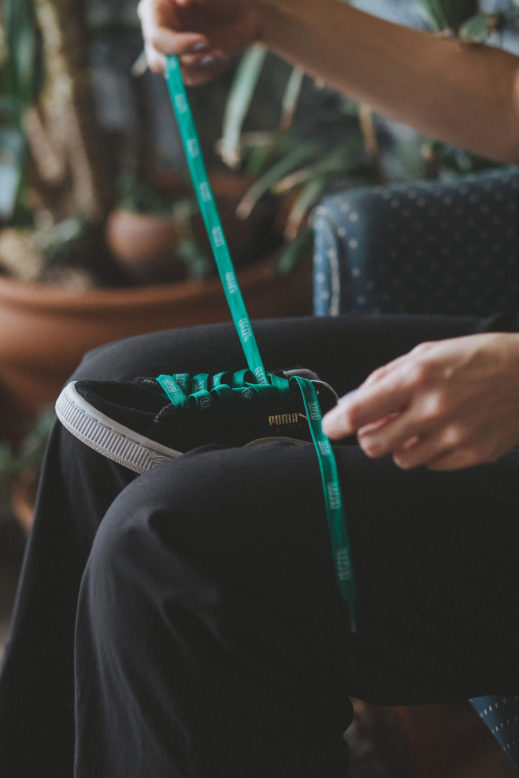

And you also felt that way in the California skate scene?
Grazi Zero, prejudice? zero, zero. It’s because it’s a cultural thing. Let’s say that today skateboarding is becoming something cultural because it’s the 2nd most practiced sport in Brazil. So it’s a considerably strong thing around here. First comes Soccer, and Skateboarding comes second. Years ago it was like “so you skateboard right, you ride the half”. No, I skate in the streets, that’s what I do. And back then that was weird, like “what do you mean you skate in the streets?” You tell someone that today and they’re like “dude that’s awesome, I know Karen Jonz, Pamela Rosa, Fadinha Rayssa”. Like it or not, the media also facilitated, it helped the average person to know other modalities, other important figures in our scene. And even more now with the Olympics. However, even though it’s more culturally recognized, here in São Paulo for example there are no good places to skateboard. Roosevelt Square itself needs a major overhaul to meet the demand for skateboarders.
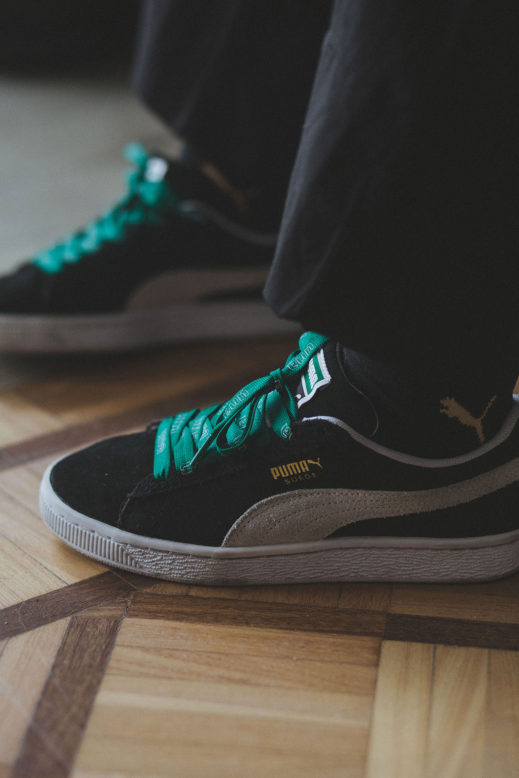

What’s in store for Go Channel this year?
grazi This year I really want to film more. I’m filming a girl who’s a graffiti artist, who in my opinion is one of the biggest names in Brazillian graffiti right now. I’m really focused now on art girls, because through my experience with Venus I saw that the girls give their lives for this stuff, they really give their lives. I met this chick at an event, that had recently fallen from a 4 story building and she hurt herself pretty badly. She was alive and kicking it at the event, she had just gotten out of the hospital and was in a wheelchair and that got me thinking “what am I complaining so much about and waiting so much, when this girl can’t wait to get better so she can go back to doing what she was doing?” That left me much more motivated and I told her “get well soon so we can go filming”.
And I have all this motivation for skateboarding too. It’s very similar things, you know, the adrenaline. So this year, my goal is to film more, I like producing content, telling good stories, I like telling stories of empowered women that nobody has told yet. Today there are many girls who don’t skate that hard but that have a really great project that makes the difference in the scene. That’s what matters.
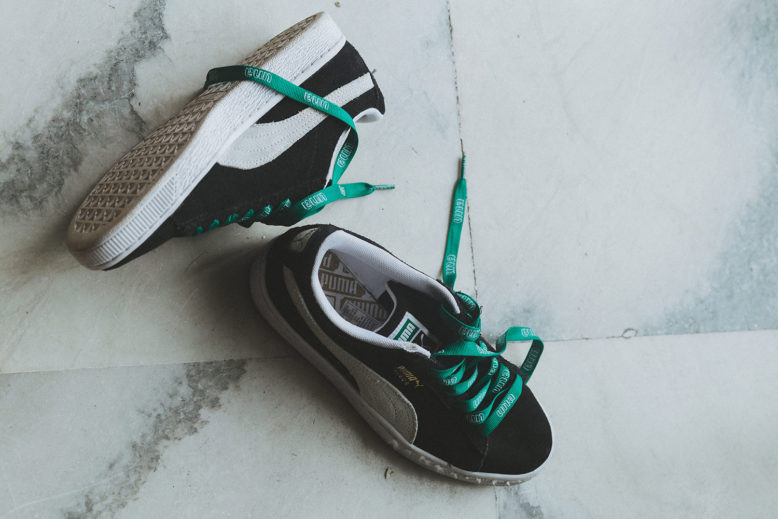
“The naming, logo, ideology, everything created by this dome of girls. It’s not a crew, it’s not a community, it’s not something created by Puma, it’s nothing like what we already see today, it’s a movement.”
And what about Una Skate, how did this movement begin?
grazi When the opportunity to unite an idea with the support of a brand appeared, I said “hey, let’s get girls who skateboard, but who are not necessarily like incredibly dope skateboarders, but who love skateboarding as well, that have the lifestyle. And so we created this group called Una skate. The naming, logo, ideology, everything created by this dome of girls. It’s not a crew, it’s not a community, it’s not something created by Puma, it’s nothing like what we already see today, it’s a movement. It’s a movement created by women, but there’s more than just women at the core – they are women who lead, but which include trans women, and children.
Our first action was to create obstacles so we could learn some moves, to have fun and stay light as well, to have access to other people who like skateboarding. And there were also the girls that roller skate too, and it was really dope. They kill themselves just as much as us, skateboarders. I noticed that there were other crews like Supa Nova, which is a roller skate crew, they ensemble their roller skates on their sneakers! So that’s what it’s all about. If we can teach the people to do it, the range will grow, we’ll explore more other spaces, we will dominate the whole fucking thing and we’ll break this prejudice.
At Una, we want them to feel welcomed, because many times when you want to start something you don’t really feel ready or capable. You think people will stare, you don’t feel safe. So it’s more in this sense, each one holds the other’s hand, we’re in this together. This is our main principle. There’re many things to come this year, our meetings at this moment are being held at Roosevelt Square, but through our Instagram account, will launch like “today will be at this other place, today we’re taking it to other cities, to other states” and also listen to what the people need.
When we first started the Una, we thought what could we give in our seeding to girls that haven’t changed sneakers in two years, girls who are in need of new kicks to skateboard, to keep doing moves. We thought, besides sneakers, what else could we give them? And one thing that always gets torn up on the board are shoelaces. So after creating the colors, the logo, the persona, we went after the shoelace. And we had this idea together with Puma’s skateboarder Isadora Pacheco, a girl from Florianópolis, she received the sneaker she wanted in navy blue and added the purple laces, if I’m not mistaken. And it looked so dope! This chick is so creative! So I showed it to the girls in the group and I said: “see people, how cool is this, instead of having black or white laces, we can have colorful ones! And we can add our brand’s name”. Because it’s not ugly, anyone would use it, it has our brand, our seal and it has a purpose, besides being esthetically cool.

It’s really cool to see Una happening, and everything you are doing with it.
grazi It’s really crazy, isn’t it? That’s why I say we need to appreciate it, we need to have good ideas and always have this exchange. Because it will turn at some point. Imagine, 3 years ago I went to Puma for the first time and only now did it happen. I also believe that this will awake other brands to do the same. Contests and competitions are healthy, everybody wins at the end. So hopefully other brands will also look, value, and do something for women’s skateboarding, because if you take a close look at the Olympics, you’ll see, in the Street category for example, there’s a better chance of women taking the gold home, than the men. In Street we basically have a podium guaranteed. Just to show that it’s really time to sponsor. And many girls are paying for events and competitions themselves. But they are still favored in this Olympic environment. And the rest? And the others? We need to change that.

“I think the Puma Suedes look good, especially because of the history of being a sneaker that has been embraced by the culture and not the other way around, and to me, that’s legit.”
Now talking about sneakers, why did you, from all your pairs, choose the Puma Suede to tell your story?
grazi See it’s crazy, when I worked for Converse, I obviously would get them, but I liked using Puma’s to skateboard. Because even though the Pumas is not a skateboarding brand, it has been adopted by the culture since always. So with graffiti artists, for example, it didn’t make a specific sneaker for graffiti artists but the graffiti artist wore them in New York. The same thing with skateboarding. And so I worked at Converse but I bought Pumas. 300 bucks to grind the sandpaper. But at the same time I thought: if they give me sneakers, I have to appreciate them. I can’t be ungrateful if I’m getting it for free. I used to do seeding for 50 girls at Converse. It helped a lot of girls all over Brazil. I’d wear it and would go skateboarding as well, but then I started wearing the Puma and I loved it because it’s comfortable. So for going out, I’d wear the Puma.
Besides that, I think the Puma Suedes look good, especially because of the history of being a sneaker that has been embraced by the culture and not the other way around, and to me, that’s legit. I think that when a skateboarder doesn’t want to attach themselves to something like, “I’m not Vans” or “I’m not Nike” – like, Nike has more of an “athlete number 1” vibe of always being first. Vans might be something more like “junkie”, you know? But not Pumas, they are a little bit more neutral. It’s something that you appropriate from them. You like art, you’re an urban person, so it’s a sneaker that I really identify with, the Suedes
And now that I have the opportunity of getting other sneakers, I’m always trying on other products to see which one will last longer or which one can we wear more. In the roller skate world, for example, we’re looking for high-top sneakers so that they won’t come off because it has to be like a boot. So it’s a lab.

And do you like the black one better?
graziI bought the one they had in the store, the cheapest actually. Because as much as I worked for a sneaker brand, I took out of my pocket to buy other brands. And with skateboarding sneaker you end up spending a lot, am I right? This one here, I think I skated in these like four times. So once you put your sneakers in the sandpaper it goes really fast. And now, that I’m changing my board and putting new sandpaper on it, it’ll go even faster.

Puma Suede
Owner: Grazi Oliveira
Photos: Pérola Dutra
